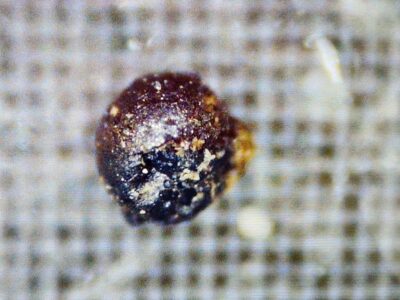
At the base of the polar food chain in the icy waters off Antarctica, phytoplankton are an essential food source for young krill, which in turn sustain many species of marine wildlife. Jeff Bowman, a postdoctoral research scientist at the Lamont-Doherty Earth Observatory, is in Antarctica for the field season studying how phytoplankton and bacteria interact, particularly their cooperative interactions. Toxic compounds produced by phytoplankton, for example, may be cleaned up by bacterial partners, allowing photosynthesis to proceed more efficiently, ultimately meaning more food in the food web.
You can follow Bowman’s reports from Palmer Station, Antarctica, with great photos of the work, the changeable weather, penguin tracks and pack ice on his research blog, Polar Microbes.



